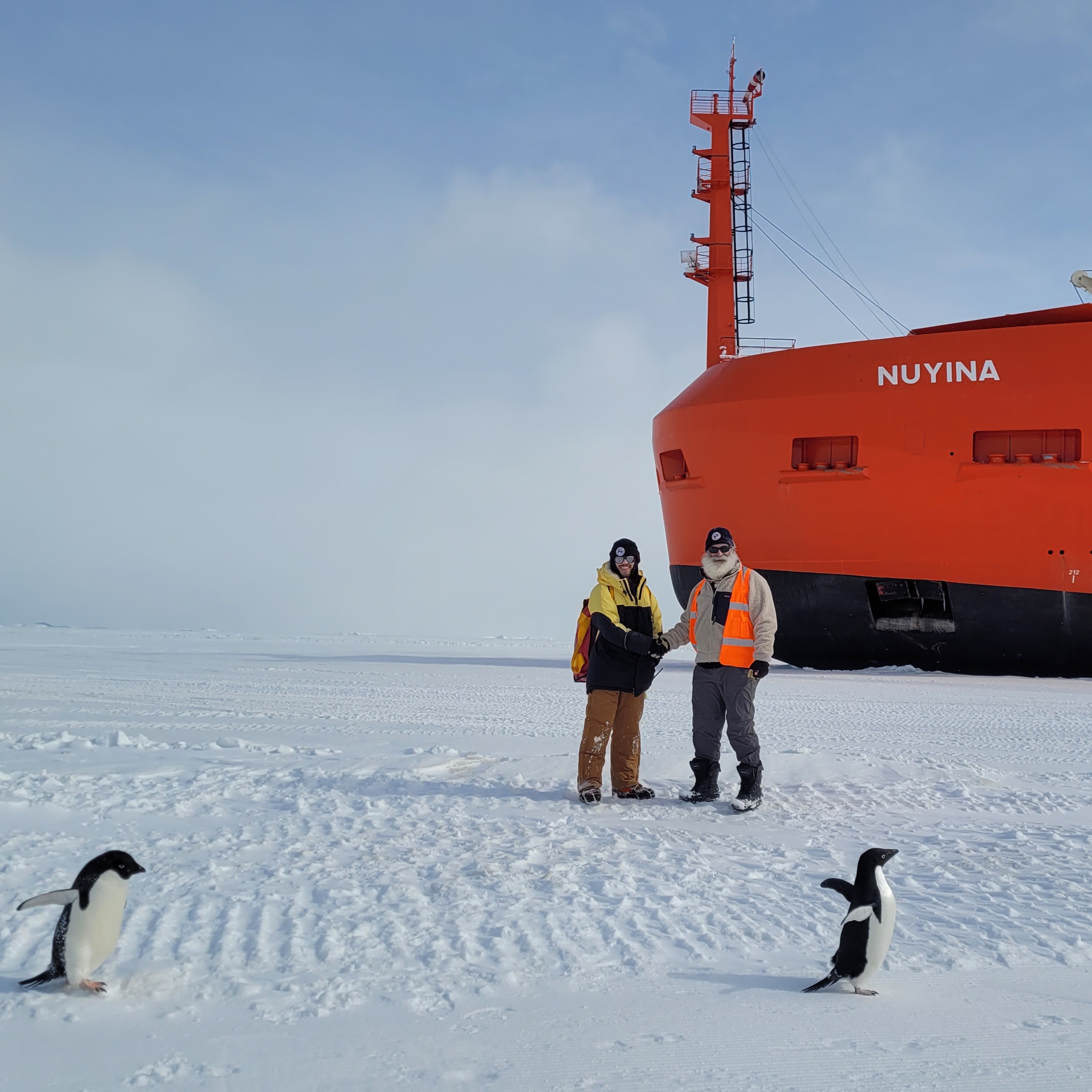Highlight news

The Australian Antarctic Division is looking for four medical practitioners keen to spend a year working at one of Australia’s four Antarctic and sub-Antarctic stations.
The doctors will work at Casey, Davis, Mawson or Macquarie Island over the 2027 winter.
Training starts in June 2026, with successful candidates travelling south between November 2026 and April 2027.
Dr Anthony Rengel travelled to the icy continent on RSV Nuyina in October to take up a position at Davis research station.
“I had a distant uncle who was a tradesman down there and I was fascinated by his pictures of auroras and penguins and I stayed fascinated,” Dr Rengel said.
“It’s about as close as you can get to visiting another planet.”
A qualified pilot, Dr Rengel trained as a rural GP with the Australian College of Rural and Remote Medicine and is a Fellow of the Australasian College of Aerospace Medicine. He previously provided fly-in medical clinics to remote mine sites and communities in WA, followed by work with the Royal Flying Doctor Service and Royal Australian Air Force Reserves.
“The thing I’m most looking forward to in Antarctica is caring for my expeditioners but also conducting some really amazing research in conjunction with NASA, so we can discover how humans thrive in remote and extreme environments,” Dr Rengel said.
Only around 20 people live at each Antarctic or sub-Antarctic station through the winter but that can increase to more than 100 in summer at Casey, the Australian Antarctic Program’s busiest station.
For more information go to - http://jobs.antarctica.gov.au
All news

The Australian Antarctic Division is looking for four medical practitioners keen to spend a year working at one of Australia’s four Antarctic and sub-Antarctic stations.
The doctors will work at Casey, Davis, Mawson or Macquarie Island over the 2027 winter.
Training starts in June 2026, with successful candidates travelling south between November 2026 and April 2027.
Dr Anthony Rengel travelled to the icy continent on RSV Nuyina in October to take up a position at Davis research station.
“I had a distant uncle who was a tradesman down there and I was fascinated by his pictures of auroras and penguins and I stayed fascinated,” Dr Rengel said.
“It’s about as close as you can get to visiting another planet.”
A qualified pilot, Dr Rengel trained as a rural GP with the Australian College of Rural and Remote Medicine and is a Fellow of the Australasian College of Aerospace Medicine. He previously provided fly-in medical clinics to remote mine sites and communities in WA, followed by work with the Royal Flying Doctor Service and Royal Australian Air Force Reserves.
“The thing I’m most looking forward to in Antarctica is caring for my expeditioners but also conducting some really amazing research in conjunction with NASA, so we can discover how humans thrive in remote and extreme environments,” Dr Rengel said.
Only around 20 people live at each Antarctic or sub-Antarctic station through the winter but that can increase to more than 100 in summer at Casey, the Australian Antarctic Program’s busiest station.
For more information go to - http://jobs.antarctica.gov.au

